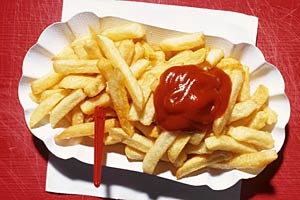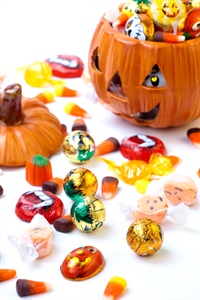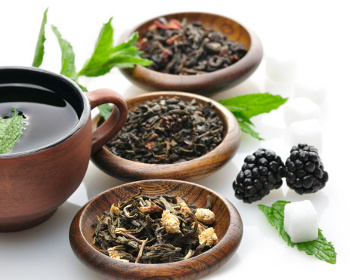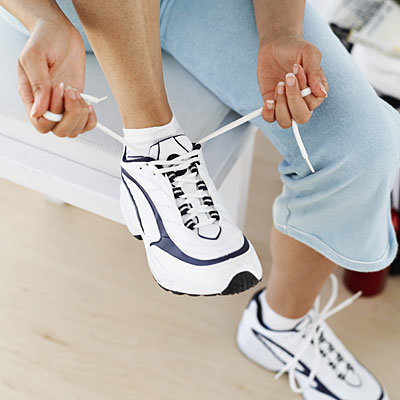4 New Ways to Outsmart Fat Traps
 Getty Images You know to ignore the supersize bags of chips and other blatant tactics that fatten the food industry's coffers, along with your waistline. That's the good news. The less cheery: "Food marketers have upped their game," says Frederick Zimmerman, PhD, chair of the department of health policy and management at the Fielding School of Public Health at UCLA. "As a result, it's increasingly difficult to make healthy choices." But not impossible. We asked insiders to dish on the latest marketing ploys so you'll be on to them—and better able to resist.
Getty Images You know to ignore the supersize bags of chips and other blatant tactics that fatten the food industry's coffers, along with your waistline. That's the good news. The less cheery: "Food marketers have upped their game," says Frederick Zimmerman, PhD, chair of the department of health policy and management at the Fielding School of Public Health at UCLA. "As a result, it's increasingly difficult to make healthy choices." But not impossible. We asked insiders to dish on the latest marketing ploys so you'll be on to them—and better able to resist.
Next Page: Fat trap 3: Many mini meals
Fat trap 3: Many mini meals
Related Articles
-
Foods that Promote Weight Loss
Anyone who wants to lose weight has to aim for two things. The first i
-
6 Ways to Shrink Your Belly (And 5 Don’t Include Exercise)
We have some good news for all those who are worried about their b
-
Week Four: One Month into the Program and My Clothes are Getting Loose!
By Julie As my first month on the feel gr
-
Week 18: On the move
By Sarah As you may have gathered by now,
-
Lose Weight,Firm Your Breast And Rid Your Body Of Toxins With This Drink!
Carrying around excess weight is an unpleasant issue for anyone.
-
Fat-Proof Your Life
V
- DON'T MISS
- Lemon Detox Diet
- Cheat-Proof Your Diet
- Diverse Kinds Of Online Diet Program
- Unhealthy Fad Diets Side Effects
- Alkalize & Cleanse Your Body – The Most Efficient Alkalizing Detox Soup Recipe
- Simple Slimming Drink With Powerful Effect !
- Post Workout Meal Nutrition – What To Eat After A Workout
- Does Turkey Make You Sleepy?
- How to Get Back on Track After Overeating
- 9 Simple Morning Rituals to Supercharge Your Metabolism




